Hair transplant 6 months after surgery: what you need to know

Sommaire
Six months after a hair transplant, we reach a key moment for assessing intermediate results. This period is essential, as it allows us to see the first significant signs of hair regrowth and evaluate the effectiveness of the transplant. Find out what you can expect six months after a hair transplant, the changes you may observe, and tips to optimise the healing and regrowth process.
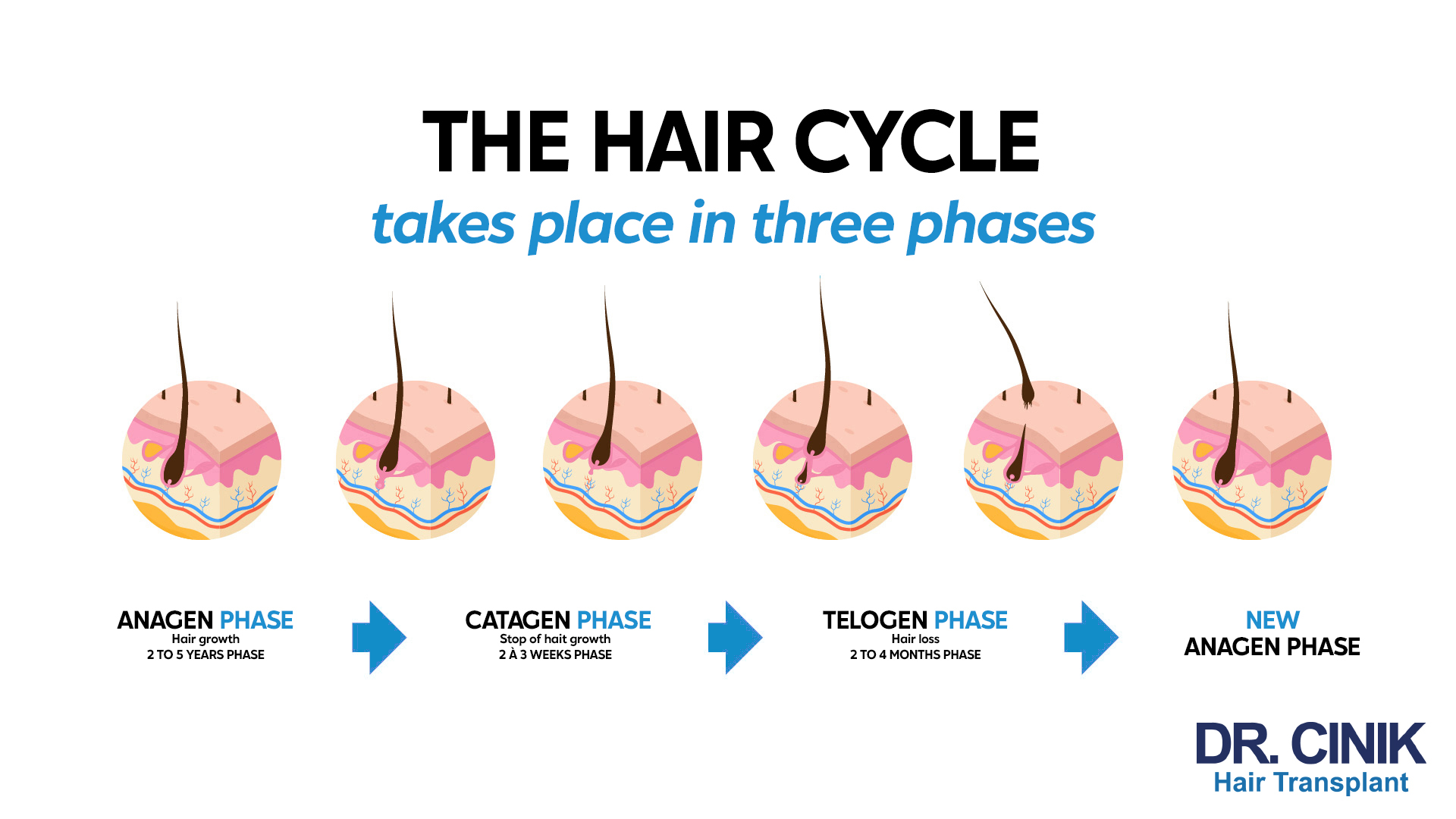
The hair state 6 months after hair transplant
The visual appearance of hair
Six months after a hair transplant, the visual appearance of the hair begins to change noticeably. The following are typical of this recovery period:
- Progressive thickening: transplanted hair begins to gain thickness. This evolution is gradual and may vary from one person to another. It’s important to remember that hair growth is a slow process, and it may take some time to see the final thickness.
- Increased length: transplanted hair reaches a length that makes it easier to cut and style. This stage marks a turning point, allowing you to experiment with different hairstyles and return to a normal hair routine.
- Still sparse or uneven appearance: although progress is visible, some areas may appear sparse or have uneven density. This is due to the different growth rates of transplanted follicles. Some hairs grow faster than others, temporarily giving an irregular appearance.
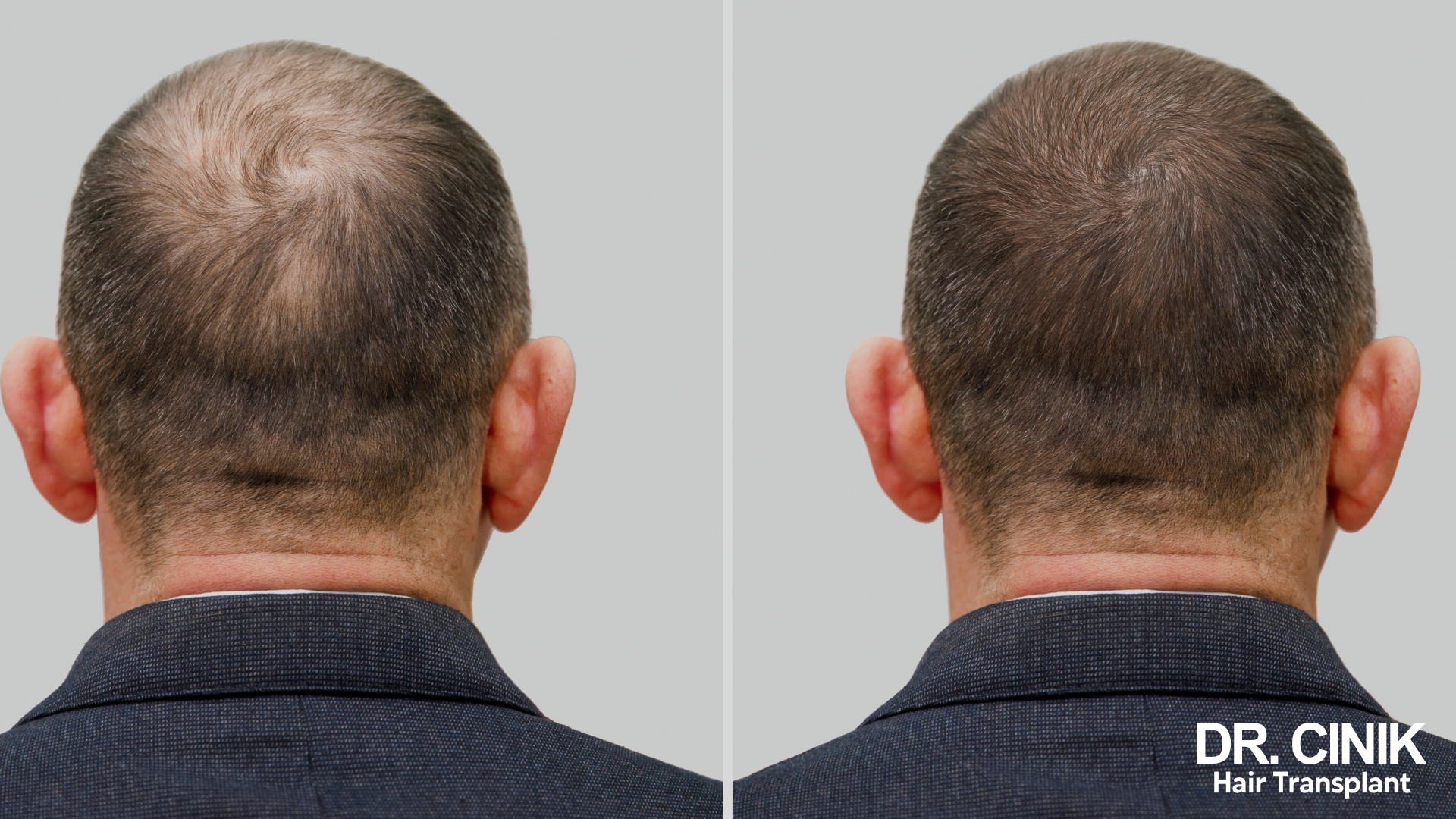
Density and texture
As the months pass after a hair transplant, there is a gradual increase in hair density. This densification is an ongoing process in which transplanted hair gains both in number and robustness. Over time, these hairs become more resistant and less prone to breakage or damage, significantly improving their quality and texture. This gradual process leads to an end result where the hair regains a dense, natural appearance.

Lifestyle hygiene to promote regrowth
Balanced diet
Maintaining a healthy lifestyle is essential to promote hair regrowth after a transplant. A balanced diet plays a crucial role in this process. We recommend regular consumption of fruits, vegetables, whole grains and lean proteins. These foods provide the essential nutrients needed for healthy hair, such as vitamins, minerals and amino acids.

In the event of dietary deficiencies, it may be advisable to add supplements rich in iron, zinc and B vitamins after consulting a health professional. These elements are vital for hair growth and fortification.
Sleep, sport, relaxation
A balanced diet, sufficient sleep, regular exercise, and relaxation techniques contribute to hair health.
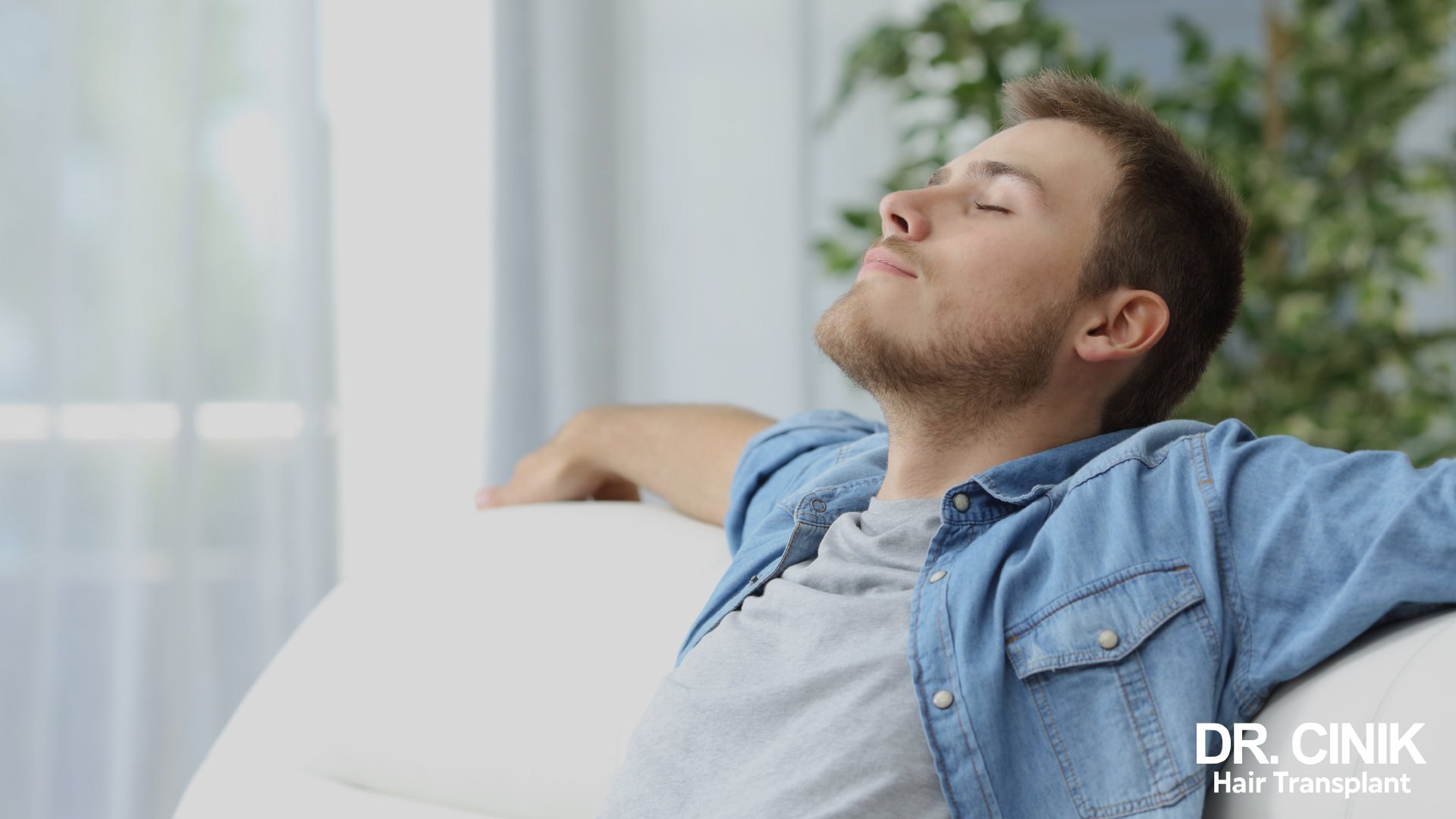
- Aiming for 7 to 8 hours of sleep a night allows the body to regenerate and promote hair growth.
- By improving blood circulation, physical exercise helps deliver essential nutrients to the scalp.
- Meditation and other relaxation techniques can reduce stress, which affects hair health adversely.
A balanced, active lifestyle is a valuable ally in maximising the results of a hair transplant.
1-year outlook
Expected evolution
One year after a hair transplant, the expected evolution is complete growth for most transplanted hairs. At this stage, the overall appearance of the hair is generally harmonious and natural, reflecting the successful completion of the regrowth process.
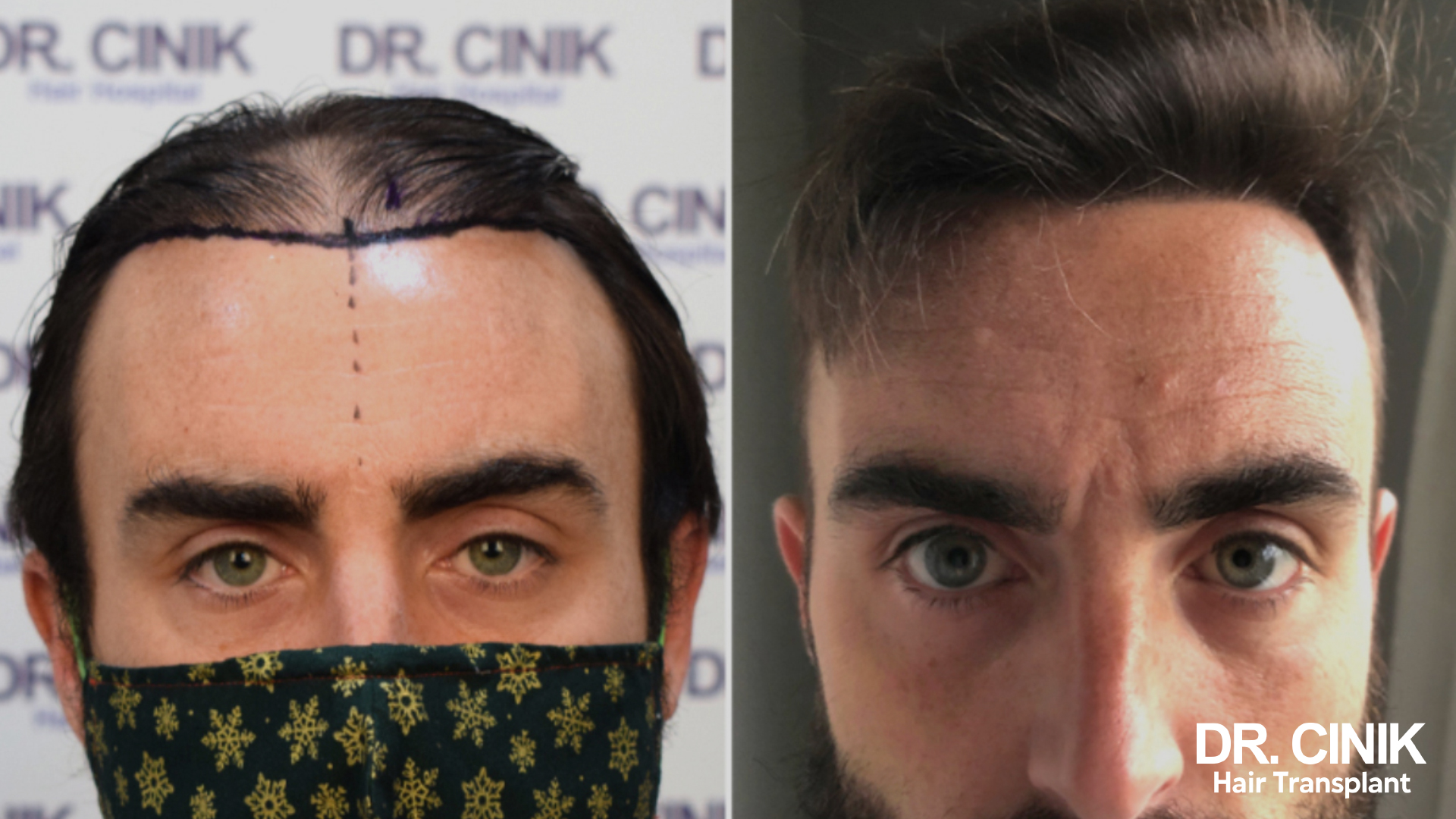

Tips for holding on
To hold firm during this period, it’s important not to hesitate to consult Dr. Cinik if you have any concerns or questions. It’s essential to remain positive and patient, as regrowth can continue and improve after the first year.

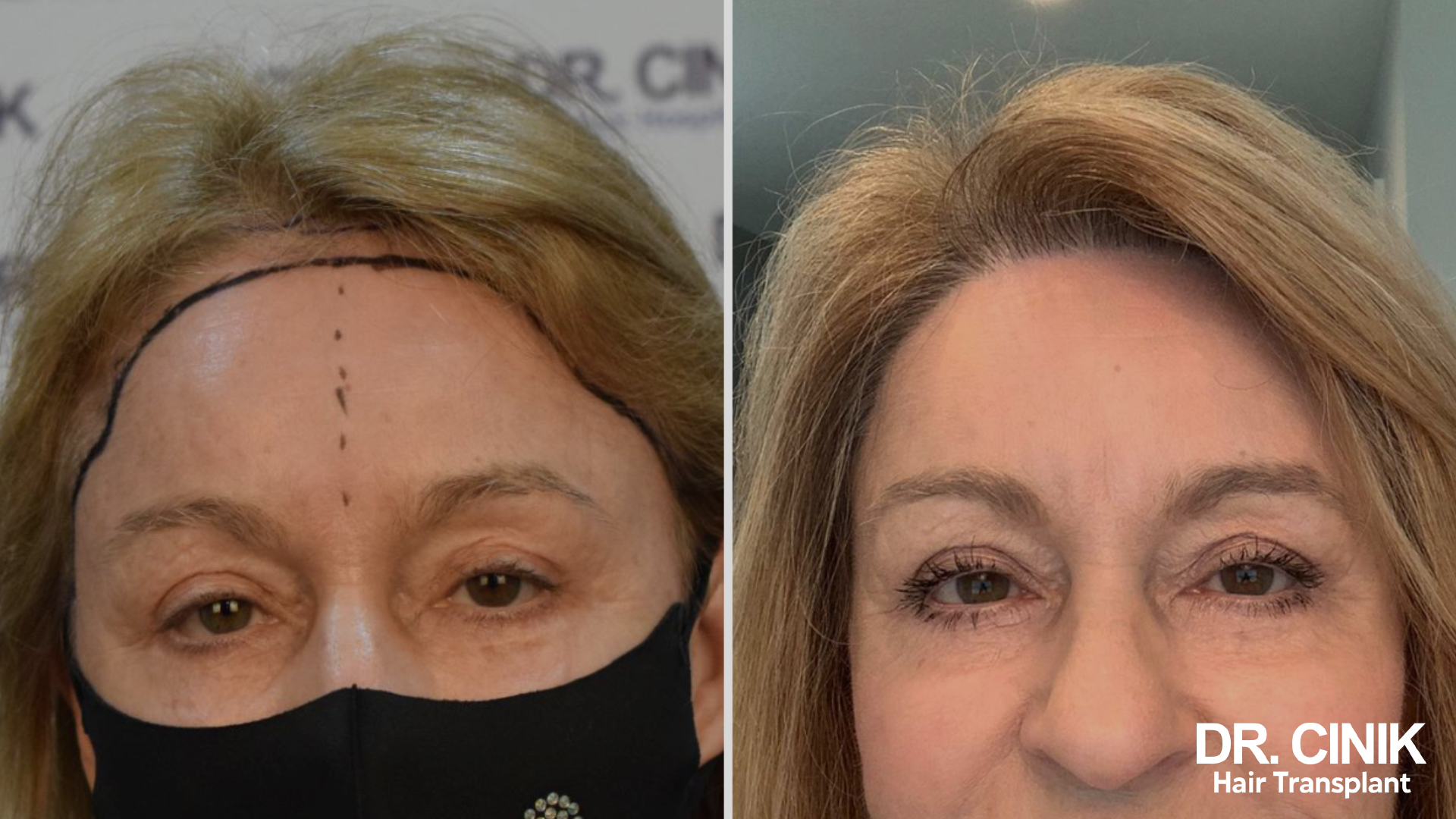
 en
en



